Fleshy Minuria,
Fleshy Kippistia
Display all 11 images


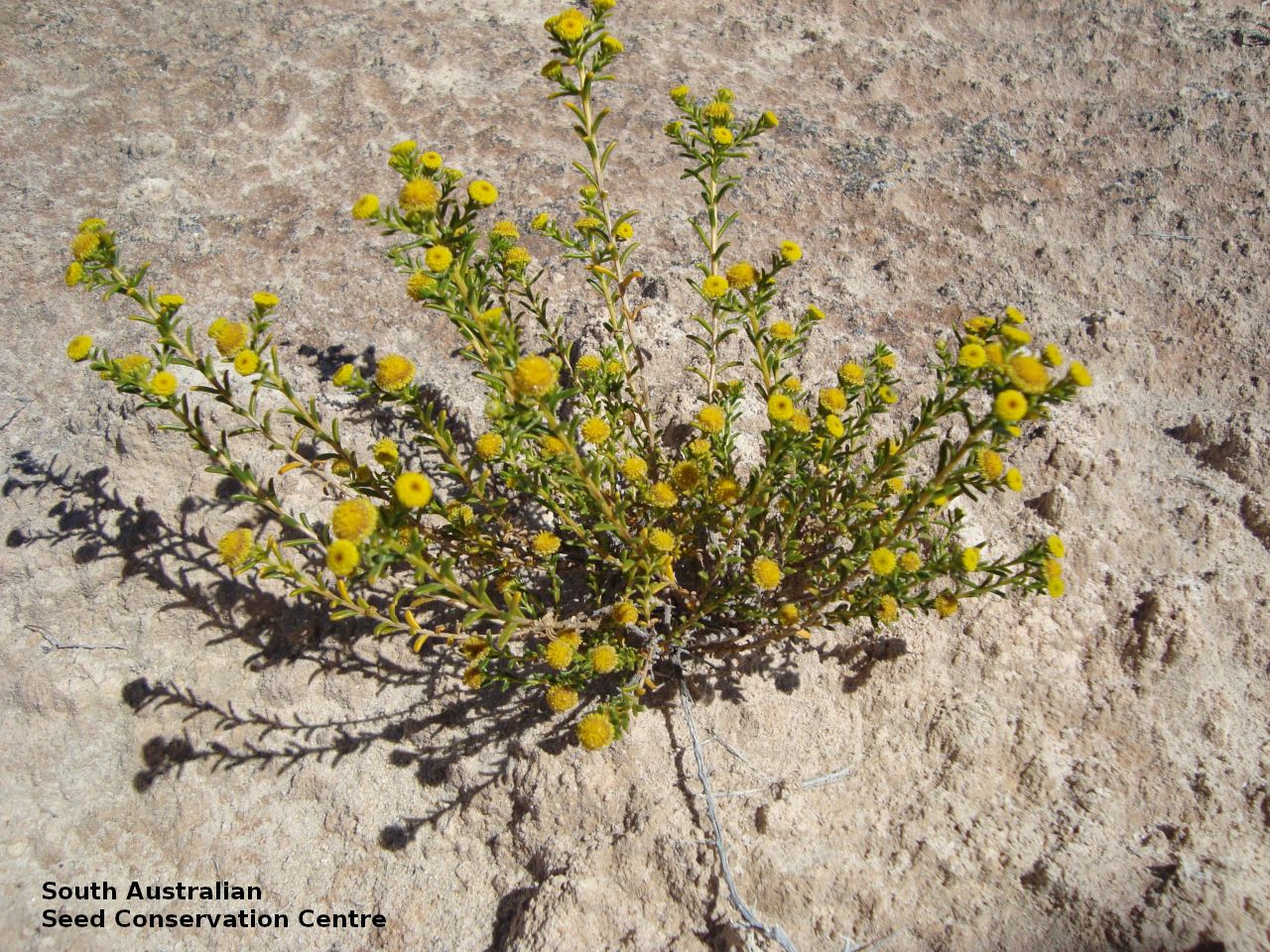

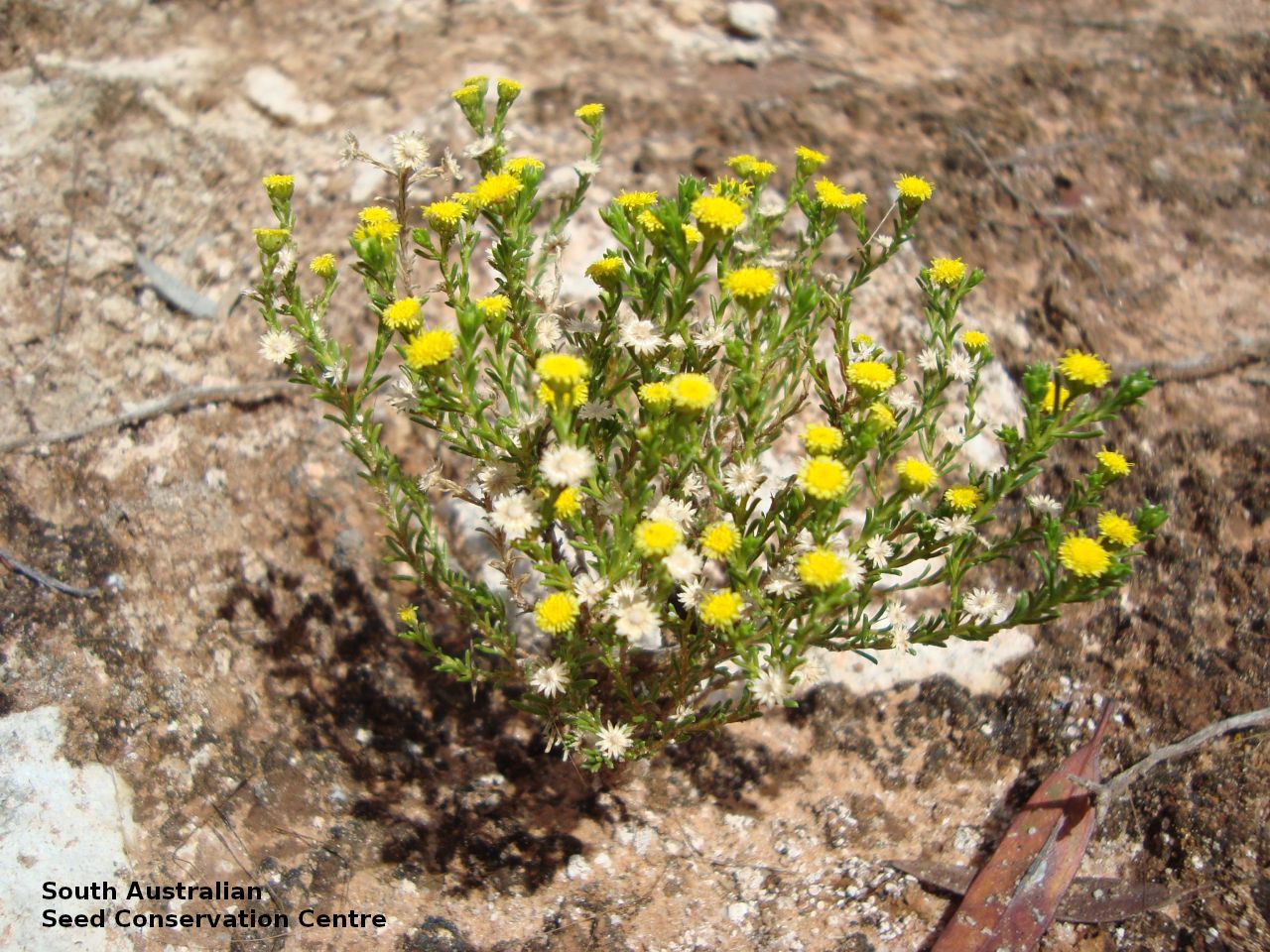
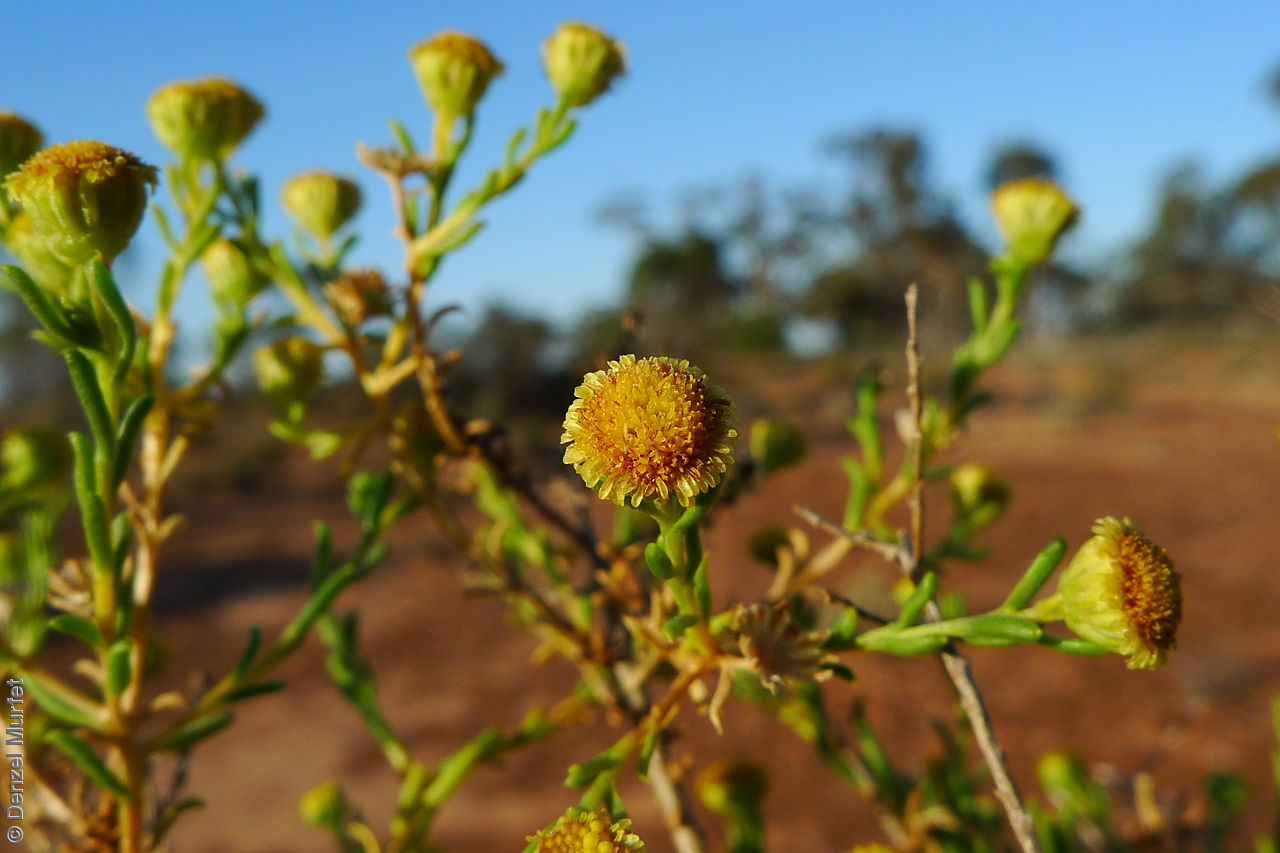
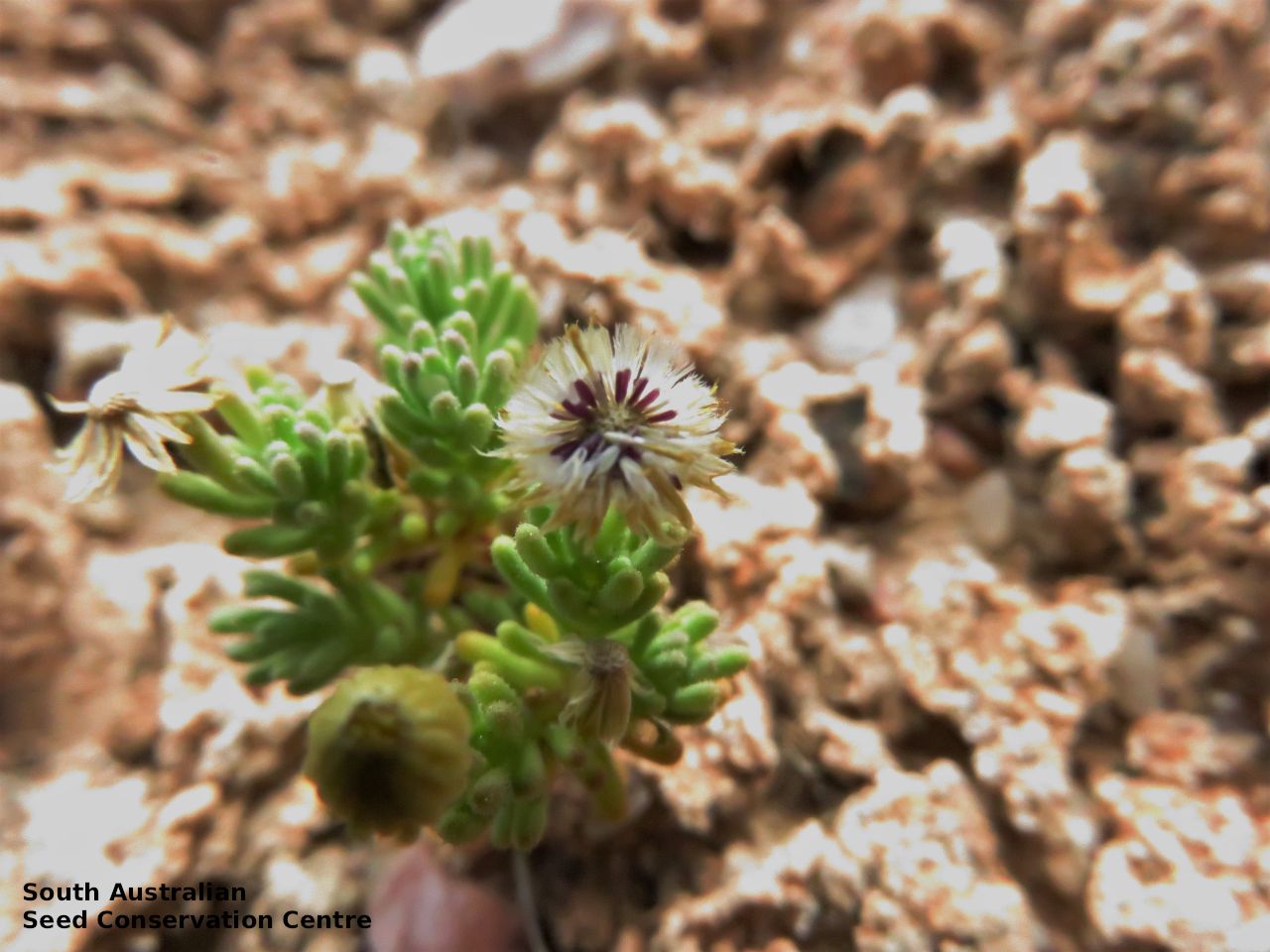

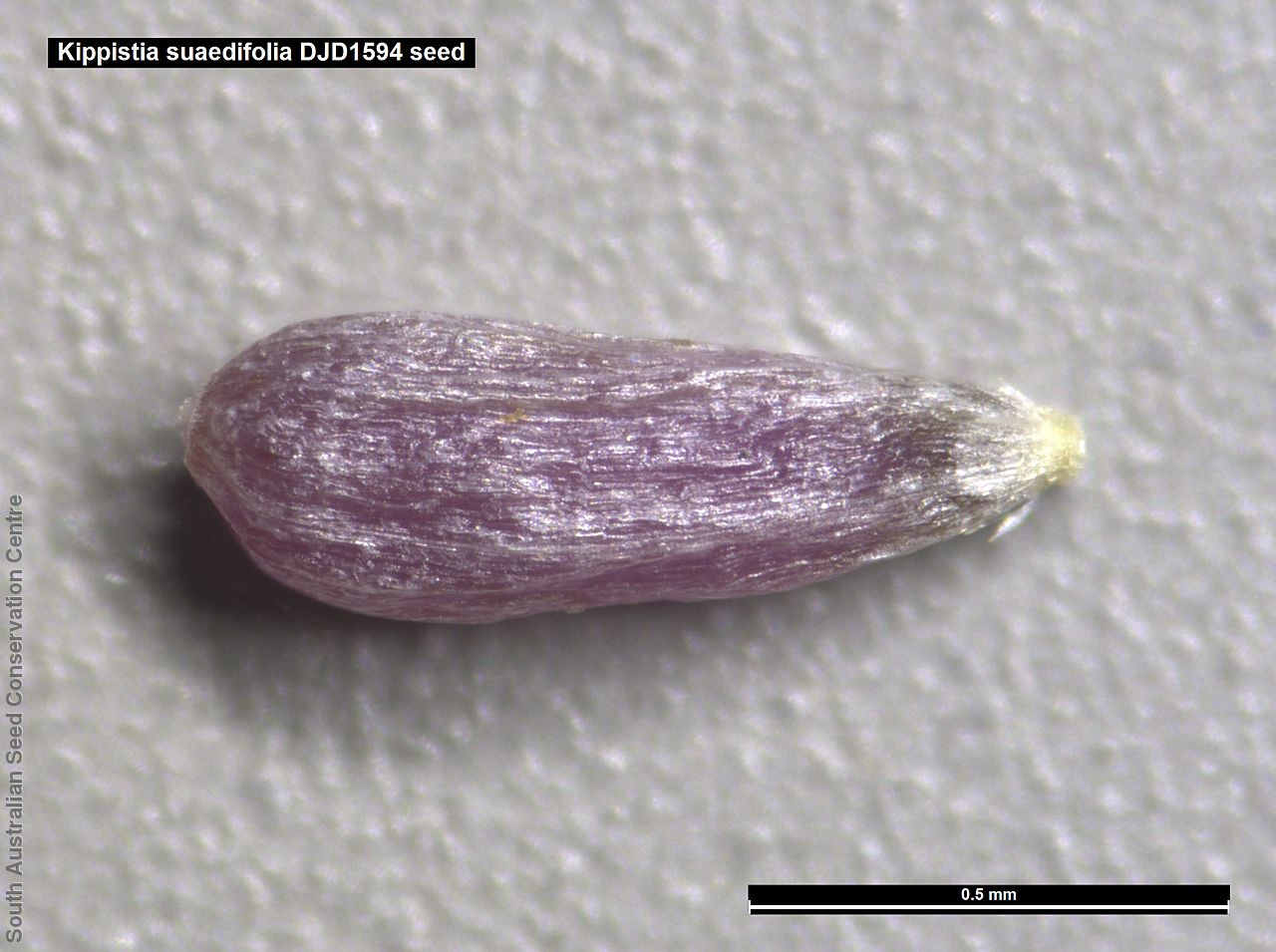

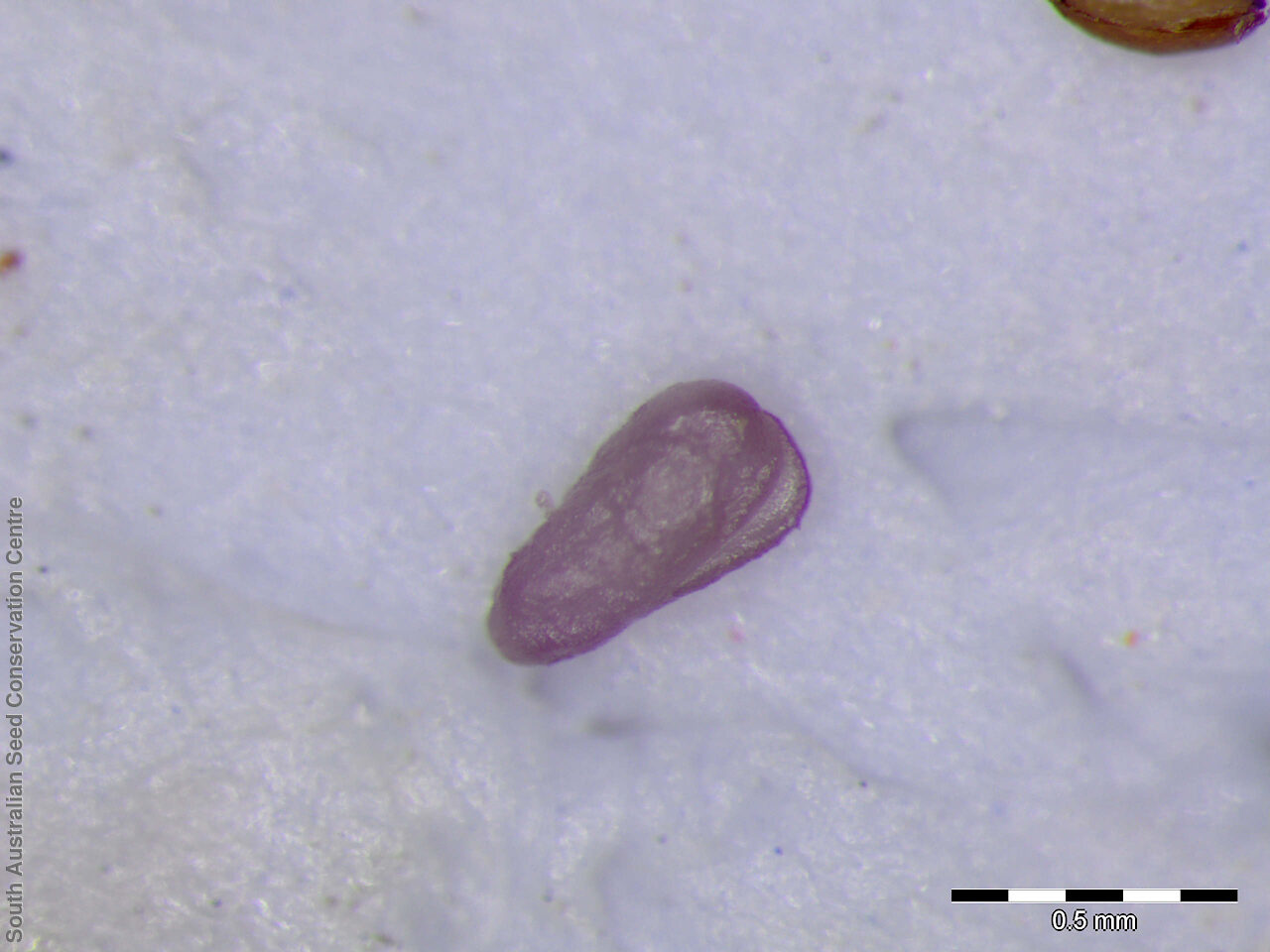
Regional Species Conservation Assessments per IBRA subregion.

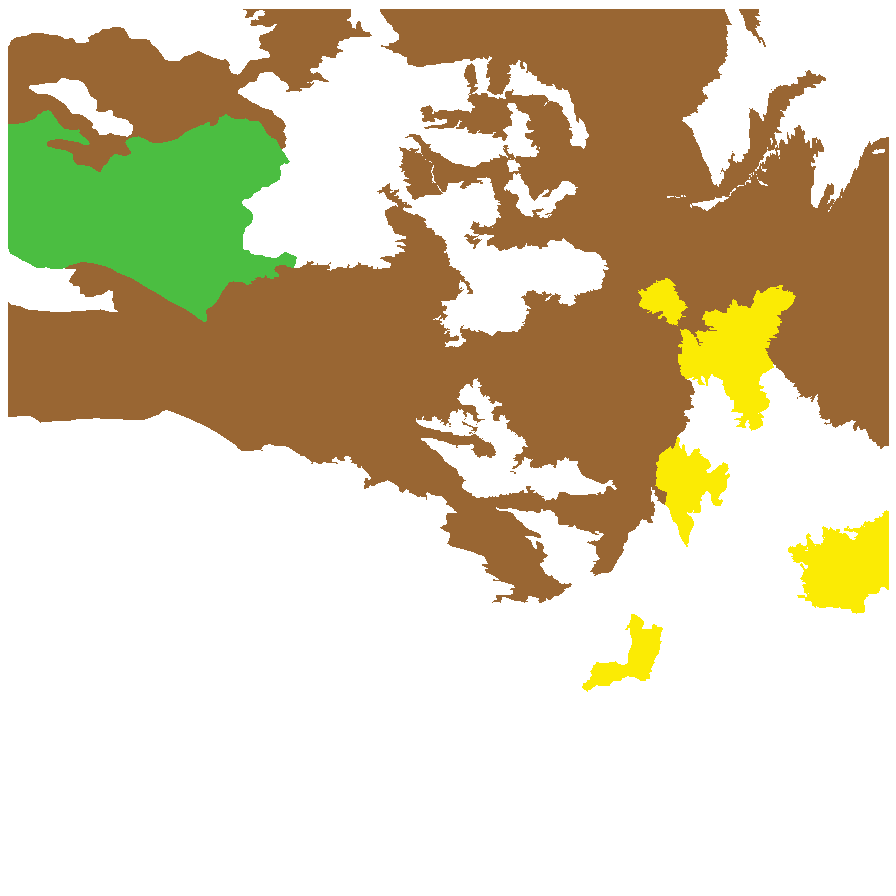
Least concern
Near threatened
Rare
Vulnerable
Endangered
Critically endangered
Extinct
Data deficient
Adelaide
Arkaroola
Ceduna
Coober Pedy
Hawker
Innamincka
Marla
Marree
Mount Gambier
Oodnadatta
Renmark
Wudinna
Keith
Yunta
Display IBRA region text
| Southern Flinders (FLB04) | Flinders Lofty Block | Data Deficient |
| Northern Flinders (FLB05) | | Vulnerable (IUCN: VU D2) [restricted habitat; mining is biggest threat; no recent records; Leigh Ck coal mine caused historic decline] |
| Southern Yorke (EYB01) | Eyre Yorke Block | Vulnerable (IUCN: VU C2a(i)) [Habitat specific, lives in gypsym. Threatened by mining. Severely fragmented. Probable decline.] |
| Eyre Mallee (EYB05) | | Rare (IUCN: RA d(ii)) [gypsious habitat] |
| South Olary Plain (MDD01) | Murray Darling Depression | Vulnerable (IUCN: VU D1+2) [habitat specific-gypsum] |
| Myall Plains (GAW01) | Gawler | Rare (IUCN: RA d(ii)) [gypsious habitat] |
| Gawler Lakes (GAW03) | | Rare (IUCN: RA d(ii)) [gypsious habitat] |
| Arcoona Plateau (GAW04) | | Rare (IUCN: RA d(ii)) [gypsious habitat] |
| Kingoonya (GAW05) | | Rare (IUCN: RA d(ii)) [gypsious habitat] |
| Torrens (GAW06) | | Rare (IUCN: RA d(i,ii)) [restricted habitat] |
| Roxby (GAW07) | | Rare (IUCN: RA d(i,ii)) [restricted habitat] |
| Commonwealth Hill (GAW08) | | Rare (IUCN: RA d(i,ii)) [restricted habitat] |
| Maralinga (GVD03) | Great Victoria Desert | Least Concern [gypsious habitat] |
| Kintore (GVD04) | | Rare (IUCN: RA d(i,ii)) [restricted habitat] |
| Yellabinna (GVD06) | | Rare (IUCN: RA d(ii)) [gypsious habitat] |
| Nullarbor Plain (NUL02) | Nullarbor | Rare (IUCN: RA d(ii)) [gypsious habitat] |
| Yalata (NUL03) | | Rare (IUCN: RA d(ii)) [gypsious habitat] |
| Barrier Range Outwash (BHC04) | Broken Hill Complex | Data Deficient [Habitat specific] |
| Simpson Desert (SSD02) | Simpson Strzelecki Dunefields | Rare (IUCN: RA d(i,ii)) [restricted habitat] |
| Dieri (SSD03) | | Rare (IUCN: RA d(i,ii)) [restricted habitat] |
| Warriner (SSD04) | | Rare (IUCN: RA d(i,ii)) [restricted habitat] |
| Strzelecki Desert (SSD05) | | Rare (IUCN: RA d(i,ii)) [restricted habitat] |
| Oodnadatta (STP02) | Stony Plains | Rare (IUCN: RA d(i,ii)) [restricted habitat] |
| Murnpeowie (STP03) | | Rare (IUCN: RA d(i,ii)) [restricted habitat] |
| Witjira (STP06) | | Rare (IUCN: RA d(i,ii)) [restricted habitat] |
| Tieyon (FIN03) | Finke | Rare (IUCN: RA d(i,ii)) [restricted habitat] |
| 2 of 6 subregions | Flinders Lofty Block | Vulnerable , Data Deficient |
| 2 of 5 subregions | Eyre Yorke Block | Rare , Vulnerable |
| South Olary Plain (MDD01) | Murray Darling Depression | Vulnerable (IUCN: VU D1+2) [habitat specific-gypsum] |
| 7 of 8 subregions | Gawler | Rare |
| 3 of 4 subregions | Great Victoria Desert | Least Concern , Rare |
| 2 of 3 subregions | Nullarbor | Rare |
| Barrier Range Outwash (BHC04) | Broken Hill Complex | Data Deficient [Habitat specific] |
| 4 of 4 subregions | Simpson Strzelecki Dunefields | Rare |
| 3 of 7 subregions | Stony Plains | Rare |
| Tieyon (FIN03) | Finke | Rare (IUCN: RA d(i,ii)) [restricted habitat] |
Botanical art
Kath Alcock paintings: 2
Prior names
Minuria suaedifolia
Common names
Fleshy Minuria
Fleshy Kippistia
Etymology
Kippistia name after Richard Kippist (1812�1882), a librarian of the Linnean Society of London from 1840-1880. Suaedifolia from the genus Suaeda (seepweeds and seablites) and the Latin 'folium' meaning leaf; alluding to the species having Suaeda-like leaves.
Distribution and status
A gypsophile species scattered across much of South Australia, generally growing on mounds on the margins of salt lakes or clay pans on powdery gypseous soils. Also found in all mainland states. Native. Common in South Australia. Very rare in Queensland, New South Wales and Victoria. Uncommon in Northern Territory. Common in Western Australia.
Herbarium regions: North Western, Lake Eyre, Nullarbor, Gairdner-Torrens, Flinders Ranges, Eastern, Eyre Peninsula, Murray, Yorke Peninsula
AVH map: SA distribution map (external link)
Plant description
Compact dwarf shrub to 60 cm high with erect, wiry, much-branched stems. Leaves linear, entire, terete, to 24 mm long and less than 1 mm wide, glabrous, semisucculent. Flowers at terminal of stem with a single yellow daisy flower. Flowering between August and October. Fruits are yellow-brown daisy-head. Seeds are purple to brown ovoid seed to 1 mm long and 0.5 mm wide. Seed embryo type is spatulate fully developed.
Seed collection and propagation
Collect seeds between September and October. Collect mature daisy heads that are starting to dry off, should easily come off by hand. Place the heads in a tray for a week to dry. Then rub the heads gently with your hands to dislodge the seeds. Viable seeds will be round and hard. Store the seeds with a desiccant such as dried silica beads or dry rice, in an air tight container in a cool and dry place. From two collections, the seed viability were high, at 100%. Seeds are non-dormant, viable seed should germinate readily.
| Location | No. of seeds
(weight grams) | Number
of plants | Date
collected | Collection number
Collection location | Date
stored | % Viability | Storage
temperature | BGA
MSB | 15,000 (1.44 g)
15,000 (1.44 g) | 50+ | 18-Oct-2006 | DES17269
Yorke Peninsula | 1-Aug-2007 | 100% | -18°C |
| BGA | 2,000 (0.11 g) | 20 | 19-Sep-2009 | DJD1594
Gairdner-Torrens | 1-Jun-2010 | 100% | -18°C |
Location: BGA — the seeds are stored at the Adelaide Botanic Gardens, MSB — the seeds are stored at the Millennium Seed Bank, Kew, England.
Number of plants: This is the number of plants from which the seeds were collected.
Collection location: The Herbarium of South Australia's region name.
% Viability: Percentage of filled healthy seeds determined by a cut test or x-ray.











